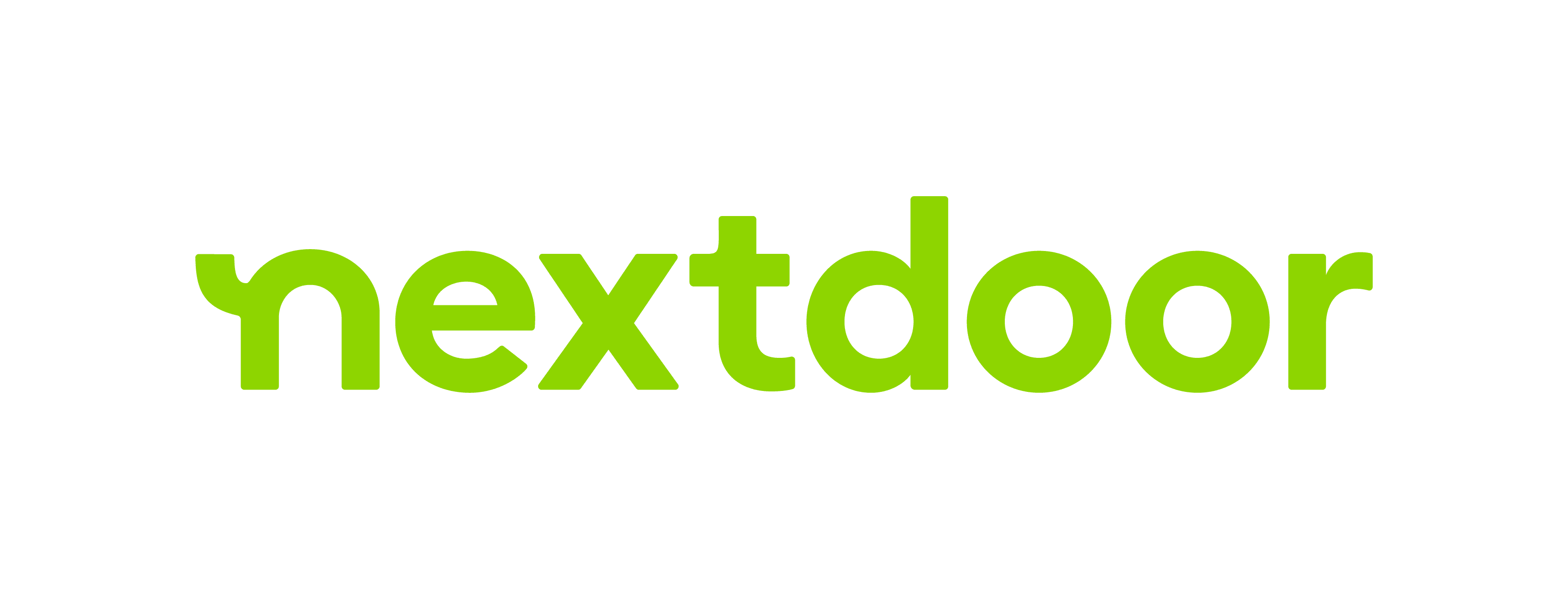As people are spending more time close to home, Nextdoor, the social networking service for neighborhoods, is capturing more interest: from users, and also from brands. That’s because Nextdoor is more than a place for people to hang out and talk to one another about what’s going on in their neighborhood—it’s also a place to advertise. Nextdoor is especially appealing to businesses that have a local presence. According to a national consumer survey by Access Development, 93 percent of consumers typically travel less than 20 minutes to make their everyday purchases—a powerful incentive for local businesses to make themselves known. As the platform grows, there is serious talk of Nextdoor going public, too. Let’s take a closer look at how Nextdoor can play a role in connecting brands with their communities.
What Is Nextdoor?
Nextdoor, founded in 2008, describes itself as a platform “where communities come together to greet newcomers, exchange recommendations, and read the latest local news.” Users can report on local news, ask about local service-provider recommendations (according to Hootsuite, “67% of members share business recommendations with their neighbours”), and access local-community alerts during extreme weather. Think of it as a sort of virtual town hall.
Who hangs out on Nextdoor?
The app is currently used in 11 countries worldwide—countries including Germany, the United Kingdom, Australia, and the United States. In the U.S. alone, according to Nextdoor, one in four households use the platform. Sixty-two percent of users are female, and 74 percent are homeowners. But insights derived from Nextdoor go beyond clinical stats. In an article that appeared in The Atlantic, writer Ian Bogost notes how the platform can offer a nuanced peek into life in any given neighborhood. Bogost says, “Nextdoor’s virtual communities—which cover more than 180,000 U.S. neighborhoods, including more than 90 percent of those in the 25 largest [American] cities—are becoming representative of the country’s actual populations.” In short, the platform is a mirror a community holds up to itself: “this is who I am.” And that’s powerful intel for a brand looking to connect with the people who live nearby.
How Does a brand Engage with Nextdoor Users?
Once a company creates a business account on Nextdoor, it can use the platform to run Local Deal ads, which could look like anything from $2 off a sandwich to an online discount code. By connecting with the community on the platform, brands can also get a sense of how they are perceived by locals. As Hootsuite details here, a participating business should track metrics, anything from how many recommendations it’s earning to the number of times users clicked on its Local Deals to see more information.
Companies can also elevate awareness through participation in initiatives like the annual Nextdoor Favorites Competition (according to Nextdoor, winners of this competition benefit by earning up to 30 times the recommendations on their business page as compared to the average).
Finally, sponsored posts on Nextdoor allow brands—usually large regional advertisers—to reach out in myriad ways, from videos, to carousels showcasing products and services, to “click to call” functions allowing users to call a brand directly from Nextdoor’s in-app newsfeed.
What Makes a Successful Sponsored Post?
Like any advertising, sponsored posts require an understanding of the audience and the medium. Nextdoor recommends that sponsored posts be:
- Content might offer tips or solutions. Brands might also include a deal to inspire consumer interest—and action.
- Tone can be everything! A neighborly tone paired with appealing imagery encourages engagement.
- A post that references local landmarks or a specific neighborhood invites recognition and resonance.
Contact True Interactive
Does Nextdoor’s friendly outreach look interesting? Wondering what next steps you can take to connect your brand with local consumers? Call us. We can help.
